I know there are several other threads with similar questions, but my requirements are different. So far I couldn't find a solution even though I read through several of these topics.
My circuit is normally powered with a 3V coin cell battery. I would like the circuit to be powered by USB as soon as a 5V USB power source is connected to my circuit - to save power from the coin cell.
Obviously I was looking at the well known diode-or setup but in my case I cannot use diodes, because even Schottky diodes would have a voltage drop of around 0.3V. Thats too much when running on the coin cell. I cannot accept any voltage drop on the coin cell rail and max. 0.1v drop on the 5V USB rail.
Then I was trying to experiment with a p-channel mosfet, but I'm not sure, if my solution works out in reality. I'm just a maker, not an electronics guy :-( Attached is the schmeatic.
Beside using a power mux ic (which would cause quiescent current), is there any other discrete solution with high energy efficiency I could use?



